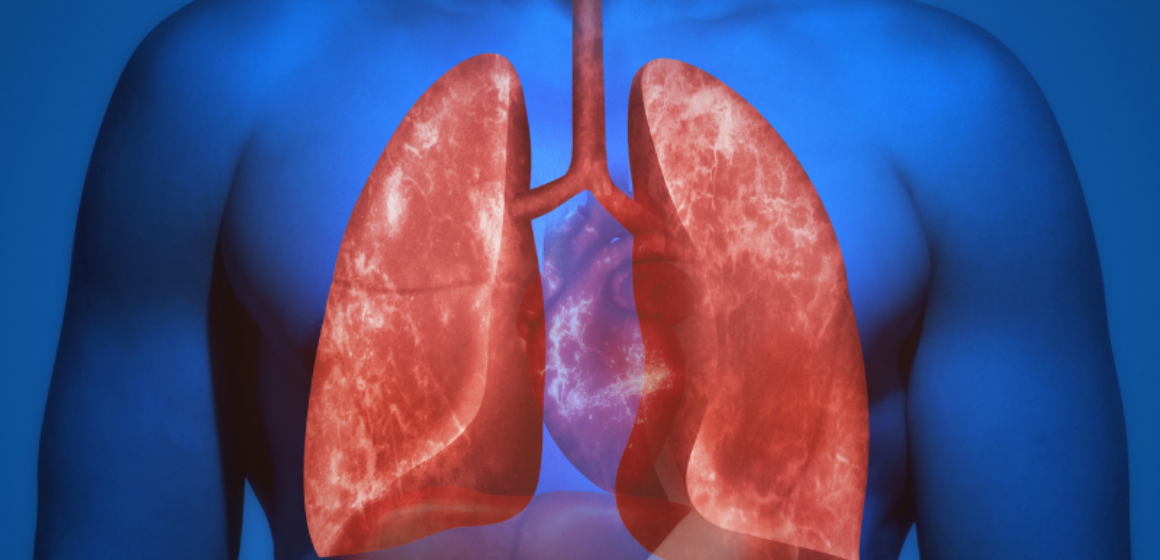Lung Ultrasound Scores Are Predictive of Bronchopulmonary Dysplasia Development
Lung ultrasound (LUS) score is predictive of the development of moderate to severe bronchopulmonary dysplasia (ms-BPD), with moderate diagnostic accuracy on the third day of life (DOL) and the seventh DOL, according to the results of a multicenter, prospective, observational diagnostic accuracy study published in the journal CHEST.
Researchers sought to examine the diagnostic accuracy of the LUS score performed in the first week of life for predicting the development of ms-BPD and whether scanning of the posterior lung fields would improve the diagnostic accuracy. They used 2 LUS aeration scores — one of which involved anterolateral lung fields (LUS score-al) only and the other adding the posterior fields (LUS score-p). All of the LUS scores were obtained at birth, on the third DOL, on the seventh DOL, on the fourteenth DOL, and on the twenty-first DOL. The diagnostic accuracy of each of the 2 scores for the prediction of ms-BPD was evaluated at each of these prespecified time points. The primary outcome was the development of ms-BPD. Secondary endpoints were any-grade BPD, days on mechanical ventilation, need for postnatal systemic corticosteroid use, and hospital discharge on supplemental oxygen.
The current analysis included a total of 832 LUS examinations that involved 298 patients. The median birth weight and gestational age of the infants enrolled in the study were 1100 grams (range, 859-1340 grams) and 29 weeks (range, 26-30 weeks). In all, 58% of the participants were male. Overall, ms-BPD was diagnosed in 24.5% (73 of 298) of the infants, 63% of whom had a gestational age of less than 28 weeks.




